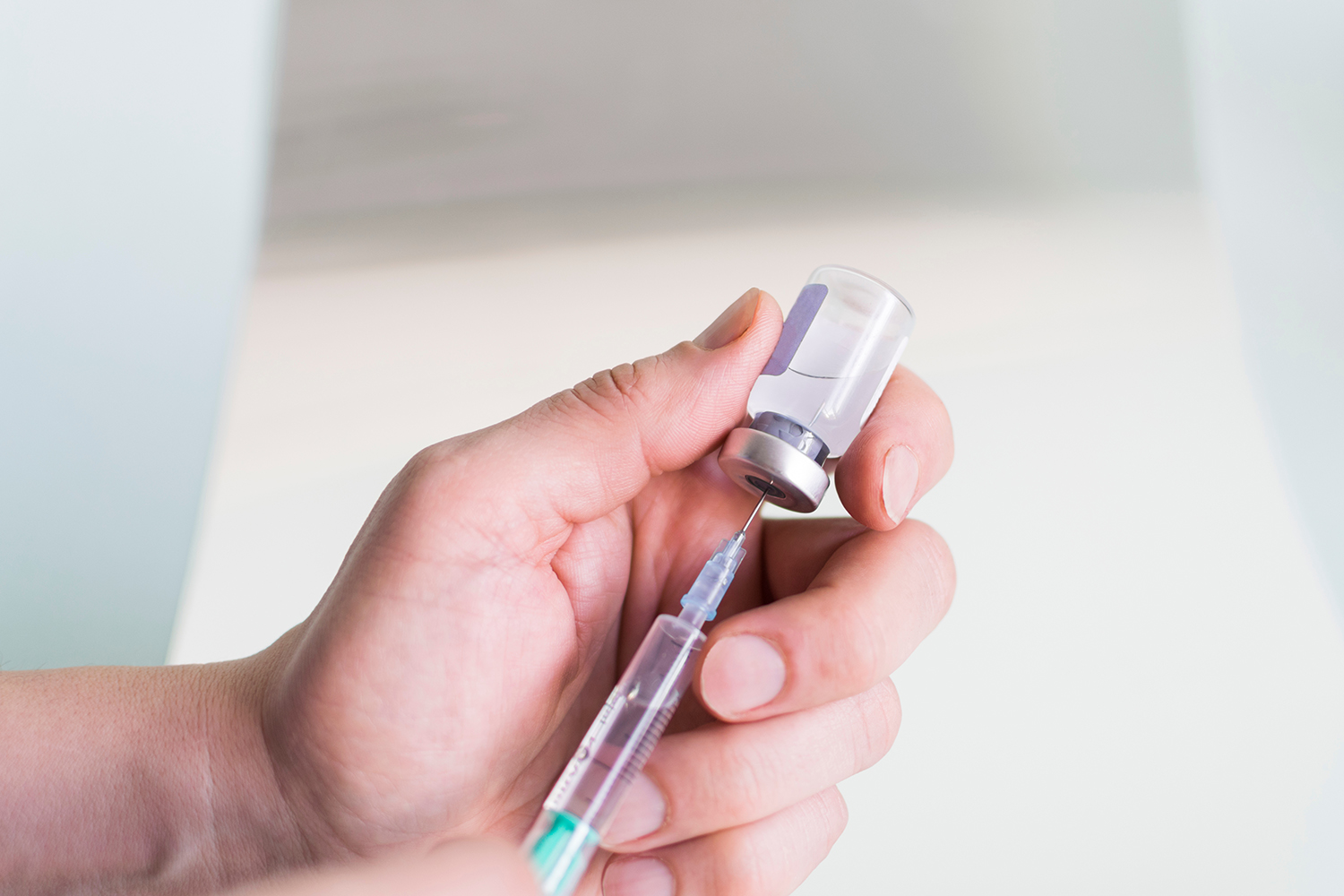Feeling uncertain about the future of your GLP-1 medication? You’re not alone—thousands of patients using compounded semaglutide are facing the same confusion.
In the aftermath of the May 22nd FDA ban, patients nationwide are suddenly discovering that the semaglutide they’ve been taking—the one helping them lose weight and feel more in control of their health—isn’t what they thought it was.
We came across a recent study that examined websites selling compounded GLP-1s between July and September of last year. The findings? Genuinely concerning. Of 79 pharmacies identified, about 14% didn’t disclose they were selling compounded versions, and nearly 37% implied or outright falsely claimed that the drugs were FDA-approved.
What’s more, almost half the sites omitted critical information about potential side effects, and 40% made claims beyond what’s stated in FDA-approved labels. This combination of false claims and minimal regulation with compounded medications translates into a real risk for patients.
So, when the FDA officially pulled the plug on compounded GLP-1s recently, it left many of us wondering: Do I need to stop my treatment? How much will FDA-approved alternatives cost? And most importantly—Why is this happening now, when I’m finally seeing results?
Let’s walk through what’s happening with this recent FDA ban, why it matters for your health journey, and what concrete steps you can take now to keep your progress going without interruption.








